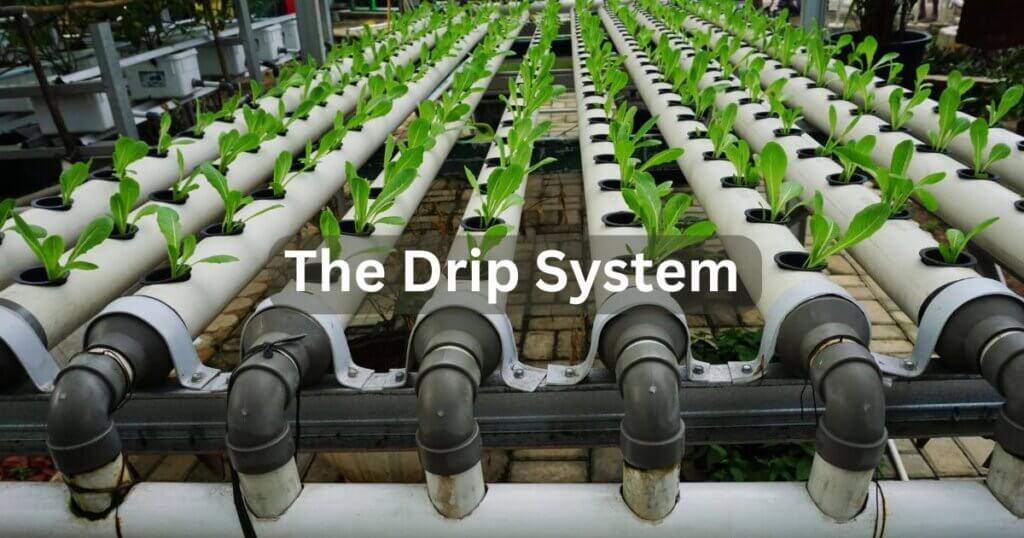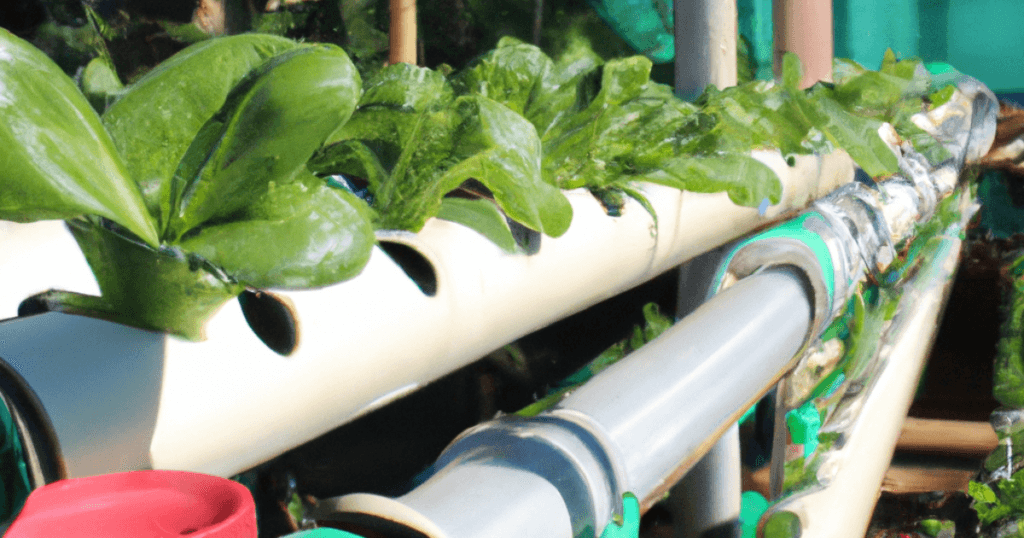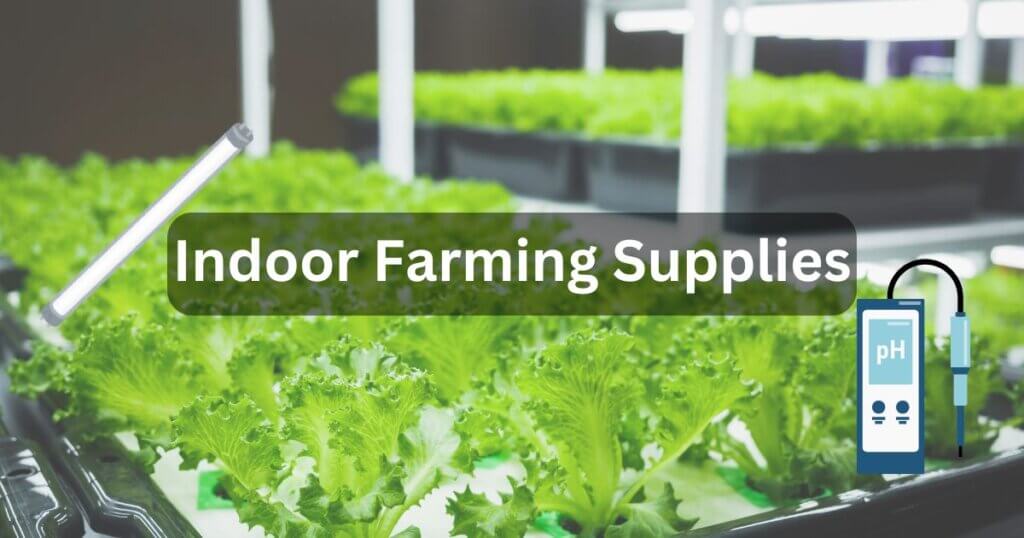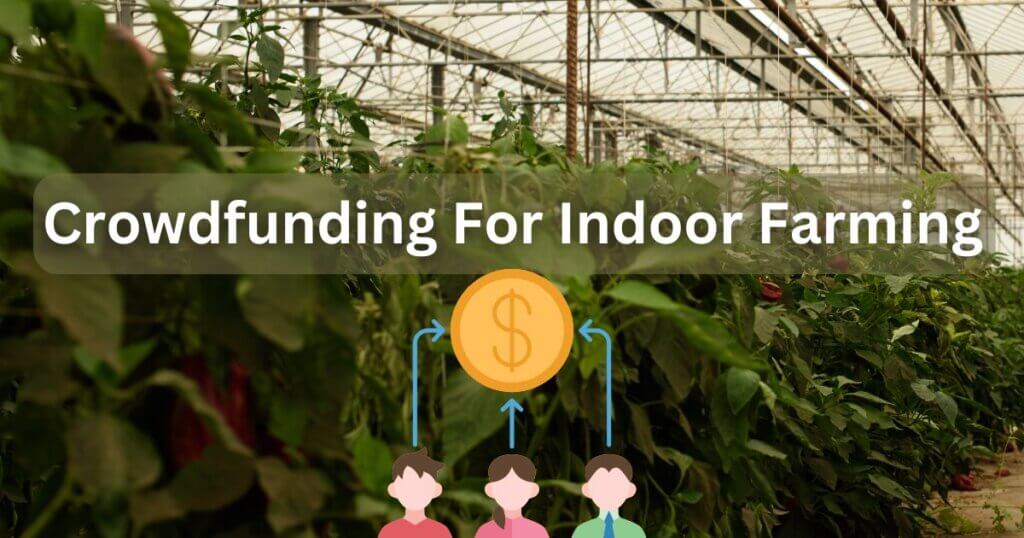The Drip System: Efficient Hydroponic Farming

Some of the links in this post are affiliate links. As an Amazon Associate, we earn a referral fee from qualifying purchases—at no extra cost to you.
In modern agriculture, hydroponics has emerged as a groundbreaking technique that offers numerous advantages over traditional soil-based cultivation. Among the various hydroponic methods, the drip system stands out for its efficiency, effectiveness, and ease of implementation. This article dives into the world of drip systems and explores how they revolutionize hydroponic farming. Whether you are a seasoned farmer or an aspiring gardener, understanding the benefits and intricacies of the drip system can enhance your knowledge and help you achieve exceptional yields.
Table of Contents
1. What is a Drip System?
A drip system, also known as a drip irrigation system or micro-irrigation system, is a precise and efficient method of delivering water and nutrients directly to the roots of plants. Unlike conventional irrigation techniques that involve flooding or spraying water over the entire field, the drip system minimizes water wastage and ensures targeted delivery. By providing a controlled amount of water and nutrients, drip systems promote healthy plant growth, optimize resource utilization, and reduce the risk of crop damage.
2. Components of a Drip System
To comprehend how a drip system functions, it is essential to understand its key components:
- Drip Emitters: These devices regulate the flow of water and nutrients, releasing them in small, measured quantities directly to the plant roots.
- Piping System: Drip systems employ a network of pipes to transport water from the water source to the plants. These pipes are typically made of polyethylene, a durable and flexible material.
- Filter: A filter is essential to remove sediments and impurities from the water, preventing clogging of the emitters.
- Pressure Regulator: This component controls the water pressure, ensuring a steady and consistent flow throughout the system.
- Backflow Preventer: To avoid contamination of the water source, a backflow preventer valve is installed, which prevents water from flowing backward into the main water supply.
- Timer: A timer or controller automates the irrigation process, allowing you to schedule watering cycles and ensure optimal plant care.
The Raindrip R380CT Kit includes a variety of adjustable emitters ideal for customizing flow for different crops. Perfect for beginners and advanced users alike.
Filters are key to preventing clogging, especially in long-term drip systems. The Yardwe Inline Filter is durable and compatible with most 1/2″ drip lines, keeping your system running efficiently.
Automating irrigation enhances efficiency. The Raindrip R875CT Hose-End Smart Water Sprinkler Timer Smart Timer connects via Wi-Fi and allows you to schedule watering remotely, making it a smart tool for hydroponic growers managing multiple cycles.
3. How Does the Drip System Work?
The drip system operates on a simple yet effective principle: providing water and nutrients directly to the roots of plants, where they are most needed. Mixed with the required nutrients, water is pumped from the water source through the piping system. The pressure regulator maintains a consistent flow while the filter removes any impurities that could block the emitters.
The drip emitters, strategically placed near the plants, release water in controlled drips or a gentle stream. This targeted delivery minimizes evaporation and runoff, ensuring that every drop is efficiently utilized. The drip system maximizes absorption by providing water and nutrients to the root zone. It minimizes water wastage, resulting in healthier and more productive crops.
4. Advantages of the Drip System
Adopting drip systems in hydroponic farming offers numerous benefits, making it a preferred choice among farmers worldwide. Let’s explore some of the key advantages:
5. Efficient Nutrient Delivery
In a drip system, nutrients are precisely delivered to the roots, eliminating the risk of nutrient runoff or leaching. This method ensures that plants receive the right amount of nutrients at the right time, promoting optimal growth and development. By fine-tuning the nutrient composition, farmers can tailor the solution to suit specific crop requirements, leading to higher yields and improved quality.
6. Water Conservation
Water scarcity is a pressing global concern, and the drip system addresses this issue admirably. The drip system minimizes water loss through evaporation and surface runoff by delivering water directly to the roots. Unlike conventional irrigation techniques, drip systems can save up to 50% of water, making them an eco-friendly and sustainable choice for farming.
7. Weed and Disease Control
The precise application of water and nutrients in a drip system greatly reduces weed growth. Unlike traditional irrigation methods that moisten the entire field, the localized watering of the drip system restricts weed germination, thereby minimizing competition for resources. Additionally, since the foliage remains dry, the risk of foliar diseases is significantly reduced, resulting in healthier plants and reduced reliance on chemical treatments.
8. Enhanced Crop Growth
Drip systems promote healthier and faster crop growth by creating an optimal root environment. With a steady supply of water and nutrients, plants can focus their energy on growth and development rather than searching for resources. Moreover, controlled irrigation prevents soil compaction and erosion, ensuring a fertile and conducive soil structure for robust plant growth.
9. Choosing the Right Drip System
Selecting the appropriate drip system for your hydroponic farm is crucial for achieving optimal results. Consider crop type, farm size, available water supply, and budget. The variety of emitters, spacing, and automation features are also key considerations. Consulting with experts and researching reputable suppliers can help you make an informed decision and set up a drip system tailored to your needs.
This Moistenland Drip Irrigation Kit for Indoor/Outdoor Use is great for those getting started with drip systems. It includes tubing, emitters, connectors, and even a timer — everything needed for a small-scale hydroponic setup.
10. Designing a Drip System
Designing a drip system involves careful planning and consideration of various factors. Determine your crops’ water requirements, your farm’s topography, and the available water source. Calculate the flow rate and pressure needed for efficient operation, and design the piping system layout accordingly. Proper zoning and emitter placement are critical to ensure uniform coverage and adequate water distribution across the field.
11. Installation and Maintenance
Installing a drip system requires attention to detail to ensure optimal performance. Lay the pipes in the planned layout, ensuring they are securely connected. Install the necessary filters, pressure regulators, and backflow preventers at appropriate points in the system. Regular maintenance is essential to prevent clogging, monitor system efficiency, and replace worn-out or damaged components. Routine checks and cleaning ensure a smooth and trouble-free operation.
When installing emitters into tubing, a proper hole punch ensures secure fittings and minimizes leaks. The One Stop Outdoor Tool is a budget-friendly, ergonomic option for easy drip system installation.
12. Troubleshooting Common Drip System Issues
Despite their efficiency, drip systems may encounter occasional issues that require troubleshooting. Some common problems include emitter clogging, uneven water distribution, and leaks. Identifying the root cause of the issue and taking prompt corrective measures is essential to prevent crop damage and maintain system efficiency. Regular monitoring and periodic maintenance can minimize such problems and ensure optimal performance.
13. Drip System vs. Other Hydroponic Techniques
While various hydroponic techniques exist, the drip system offers several advantages. The drip system consumes less water and provides better control over nutrient delivery than flood and drain systems. Additionally, it requires fewer complex components compared to aeroponics or nutrient film technique (NFT), making it more accessible for beginners. The drip system balances simplicity, efficiency, and effectiveness, making it popular among hydroponic farmers worldwide.
14. Real-Life Success Stories
Numerous farmers have embraced the drip system and reaped the benefits of this innovative hydroponic technique. Take, for example, the success story of Green Acres Farm in California. By implementing a drip system in their strawberry cultivation, they achieved a remarkable increase in yield while reducing water consumption by 40%. This not only boosted their profitability but also contributed to sustainable farming practices. Such success stories highlight the transformative impact of the drip system on agricultural productivity and resource management.
15. Conclusion
The drip system has revolutionized hydroponic farming by offering an efficient and targeted method of delivering water and nutrients to plants. The drip system’s precise and controlled approach maximizes resource utilization, conserves water, and promotes healthier crop growth. Whether a commercial farmer or an enthusiastic gardener, incorporating the drip system into your cultivation practices can elevate your yields and contribute to sustainable agriculture. Embrace this innovative technique and witness its transformative power for your crops.
FAQs – The Drip System
1. Can a drip system be used for all types of crops?
While drip systems are versatile and can be used for many crops, they work best for plants with deep root systems and those that benefit from consistent moisture. High-density crops like tomatoes, peppers, and strawberries thrive with drip irrigation, but crops that require overhead watering, such as leafy greens, may need additional support.
2. How do you prevent clogging in a drip system?
Regular maintenance is key to preventing clogs. Using a high-quality filter, periodically flushing the system, and choosing emitters with self-cleaning mechanisms can help. Additionally, ensuring that water sources are free from debris and using anti-algae treatments can minimize buildup.
3. What is the lifespan of a drip irrigation system?
A well-maintained drip system can last 10–15 years or more. The durability depends on factors like material quality, exposure to UV rays, and regular upkeep. Polyethylene tubing and high-quality emitters tend to have longer lifespans compared to cheaper alternatives.
4. Can a drip system be automated?
Yes, drip systems can be fully automated using timers, moisture sensors, and smart irrigation controllers. Automation helps optimize water usage, reduces manual labor, and ensures plants receive water at optimal times, enhancing growth and efficiency.
5. Is a drip system cost-effective in the long run?
While the initial investment in a drip system can be higher than traditional irrigation methods, the long-term benefits—such as reduced water consumption, lower labor costs, improved yields, and reduced fertilizer waste—make it a highly cost-effective solution over time.
Other Useful Resources Related To The Drip System
- Drip Irrigation System Components: An overview of the essential components that make up a drip irrigation system, including emitters, filters, and pressure regulators.
- The Value of Drip Irrigation in a Hydroponic System: An exploration of how drip irrigation benefits hydroponic farming, discussing aspects like nutrient delivery and system customization.
- Drip Irrigation System Buying Guide – Lowe’s: This guide offers detailed information on selecting drip irrigation kits, understanding system components, and installation considerations. It also discusses the benefits of drip irrigation, such as water conservation and efficient nutrient delivery.
- Hydroponic Drip System Explained: An explanation of how hydroponic drip systems work, including their popularity in both home and commercial hydroponic setups.
- Drip Irrigation: Full Guide | Function | Parts: Detailed information on the function and components of drip irrigation systems, including considerations for system design and maintenance.
Some Interesting The Drip System Videos









